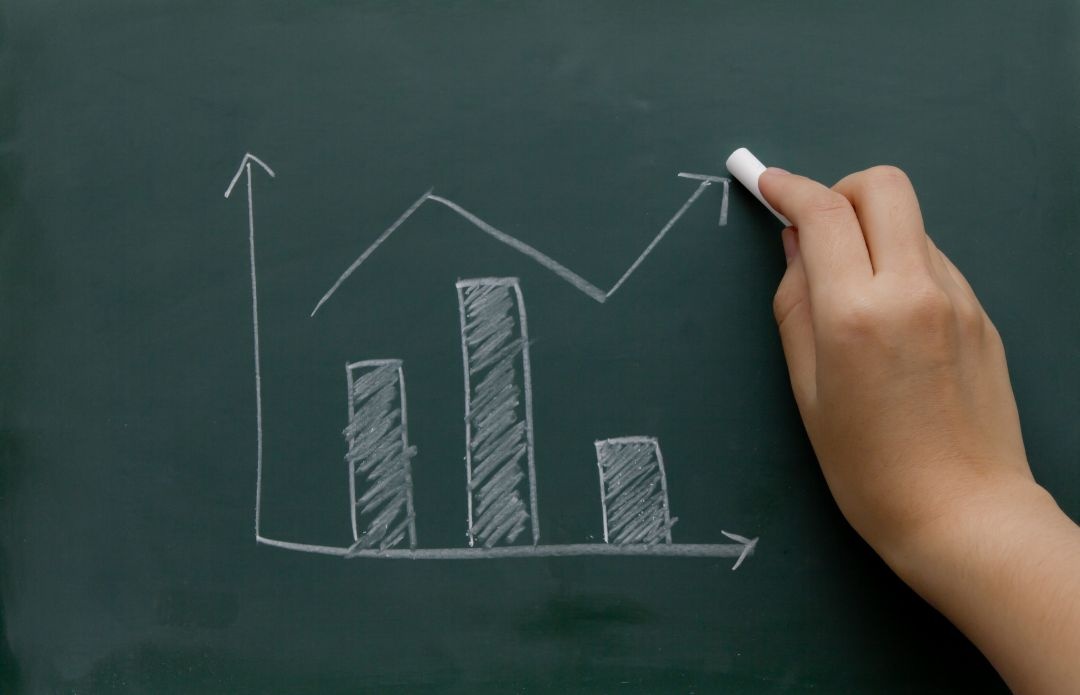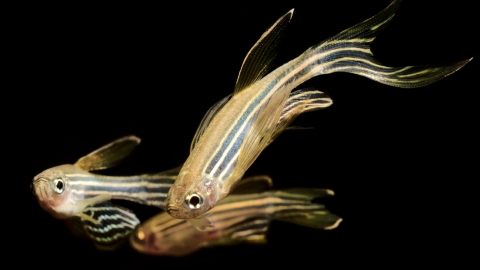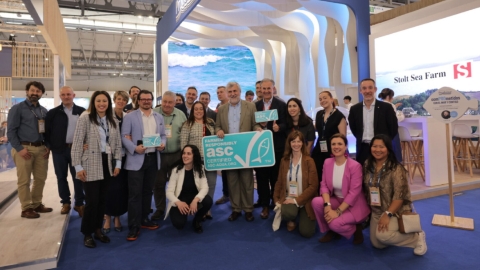
According to the Alltech Agri-Food Outlook 2025, global aquafeed production fell by 1.1% in 2024, continuing the downward trend seen since 2023. However, this overall mask significant regional disparities, with sharp declines Asia-Pacific and North America dampening progress seen in Africa, Europe, and parts of Latin America.
In contrast to the global trend, European aquafeed production rose by 2.1%, marking a fifth consecutive year of steady growth. This resilience is attributed to strategic adaptations to sustainability goals, technological advancements, and favourable market dynamics. Atlantic salmon, sea bass, and gilthead sea bream-all key species in European aquaculture-are leading this growth, driven by premium global pricing.
Despite remaining the world’s largest producer of aquafeed, Asia-Pacific saw a 1.7% drop in 2024. The report cites environmental challenges, disease outbreaks, and economic pressures as key contributors of warning demand for specialist feeds. Additionally, producers are shifting towards lower-cost feed options, and supply issues in broodstock are compounding the decline.
Production volumes dropped by 3.7% in North America, impacted by multiple adverse factors. Salmon producers have struggled with sea lice and winter ulcers, while shrimp overproduction has dampened demand for feed. Economic pressure-specially along the US Gulf Coast-has forced some operators to scale back. Notably, the largest shrimp producer in the US filed for bankruptcy in early 2025, adding to sector instability.
Africa recorded a 9.1% increase in aquafeed production, though volumes remain relatively low. The report highlights a growing shift towards commercial feed adoption and rising demand for affordable protein, both of which are driving sector development.
Production in the Middle East slipped by 0.6%, although aquaculture across the region remains robust overall.
The Latin American aquafeed sector contracted by 2.3%, largely due to new tax regulations on imports and a decline in shrimp feed usage in Ecuador. Nevertheless, countries like Chile and Peru reported improved performance thanks to favourable biological conditions, including cooler water temperatures. In Brazil and Chile, government subsidies for feed production and export incentives could help spur recovery in the coming years.
Oceania posed the highest relative growth in 2024 at 9.3%, fueled by the launch of new aquaculture facilities and a push towards species diversification. The report also highlights government support and the strategic advantage of close proximity to Asia-Pacific markets as key drivers of expansion.



